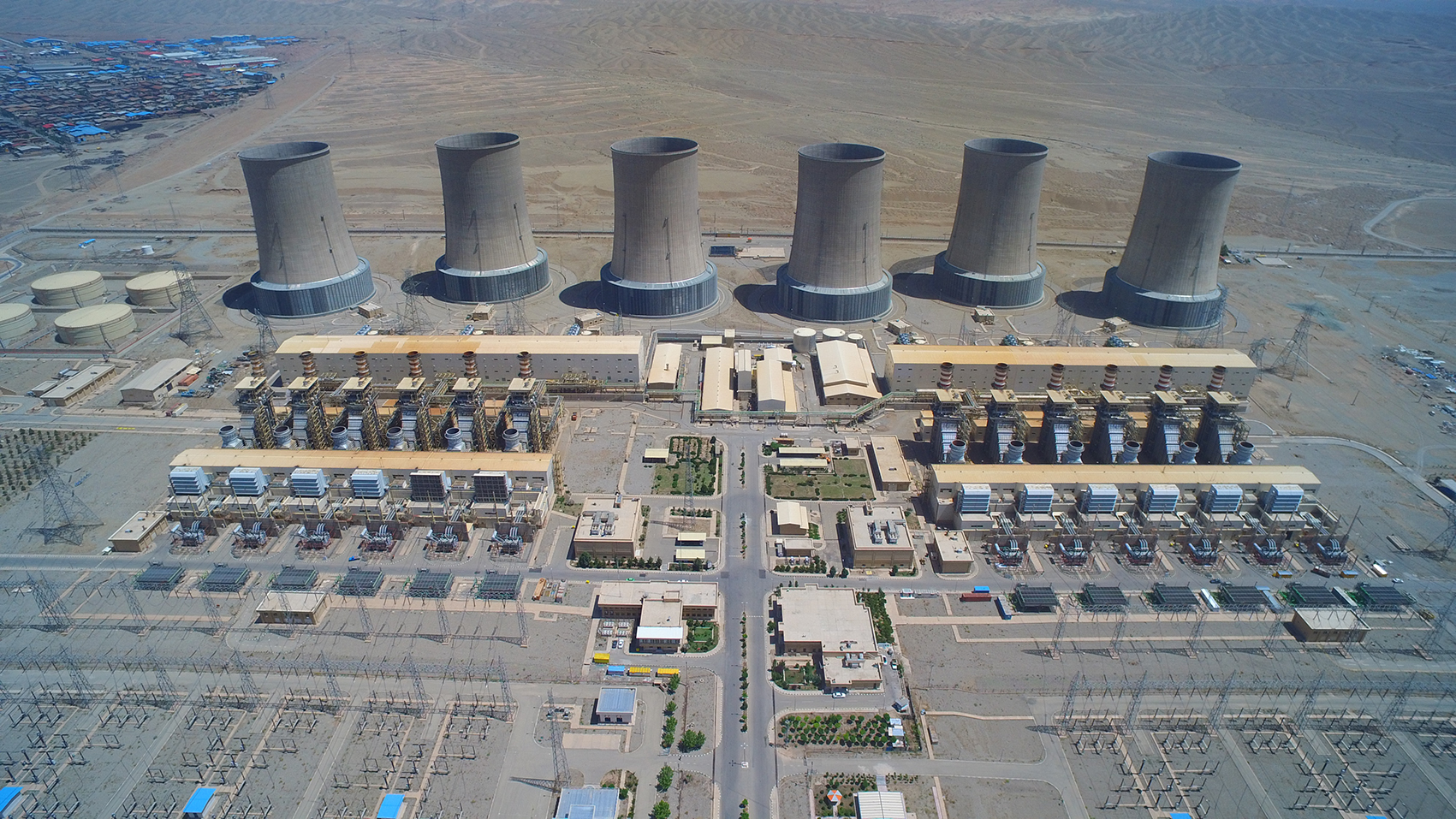Iran should emerge as an electricity hub and a key player in power generation and export in the Middle East by 2025, a deputy energy minister said on Wednesday.
“Unlike many neighboring states and also some developed countries, Iran has not seen large-scale blackouts for 14 years thanks to the stability of its national grid,” Sattar Mahmoudi was quoted as saying by IRNA.
According to the official, Iran's electricity industry ranks 14th in the world in terms of output and 19th in terms of consumption.
"Over the past 10 years, power plants with a total output capacity of 11,000 megawatts have been built. Moreover, 28 new power plant projects are underway across the country, including in Bandar Abbas, Urmia, Kashan, Qeshm and Assalouyeh," Mahmoudi noted, adding that energy wastage has been curbed by more than 3% nationwide over the past three years to reach 11.3% from 15%.
"Reaching the optimum wastage rate of 8% will save $3.3 billion in annual costs."
The official said there is a need for planning to diversify the country's energy basket. Fossil fuels account for 83% of Iran power output and have contributed drastically to environmental degradation.
Mahmoudi also hoped that households will be open to the idea of using solar panels on rooftops for part of their electricity needs.
According to the official, the initiative "will not only allow them to sell their excess solar output at a reasonable price to the Energy Ministry, but also receive electricity at a lower price in exchange for their solar output."
"The government has pledged to purchase electricity produced from rooftop panels at around 12 cents per kilowatt that is roughly 6 times higher than current prices."
Attaching special importance to renewable energy, which currently stands at around 240 megawatts, Mahmoudi said Iran has the potential to generate 15,000 MW of power from wind energy and 2,500 MW from biofuels.
Stressing that energy policymakers are determined to develop renewable energy, he said that Iran’s sixth economic development plan (2016-21) stipulates that 25,000 MW should be added to the national grid, of which 5,000 MW should come from renewables, including solar and wind.
Almost 62,000 MW, or 80% of Iran’s 75,000-MW output, is generated from thermal plants that burn fossil fuels. In addition, 12,000 MW comes from hydroelectric plants and 1,000 MW from the sole nuclear power plant in Bushehr, south of Iran.


